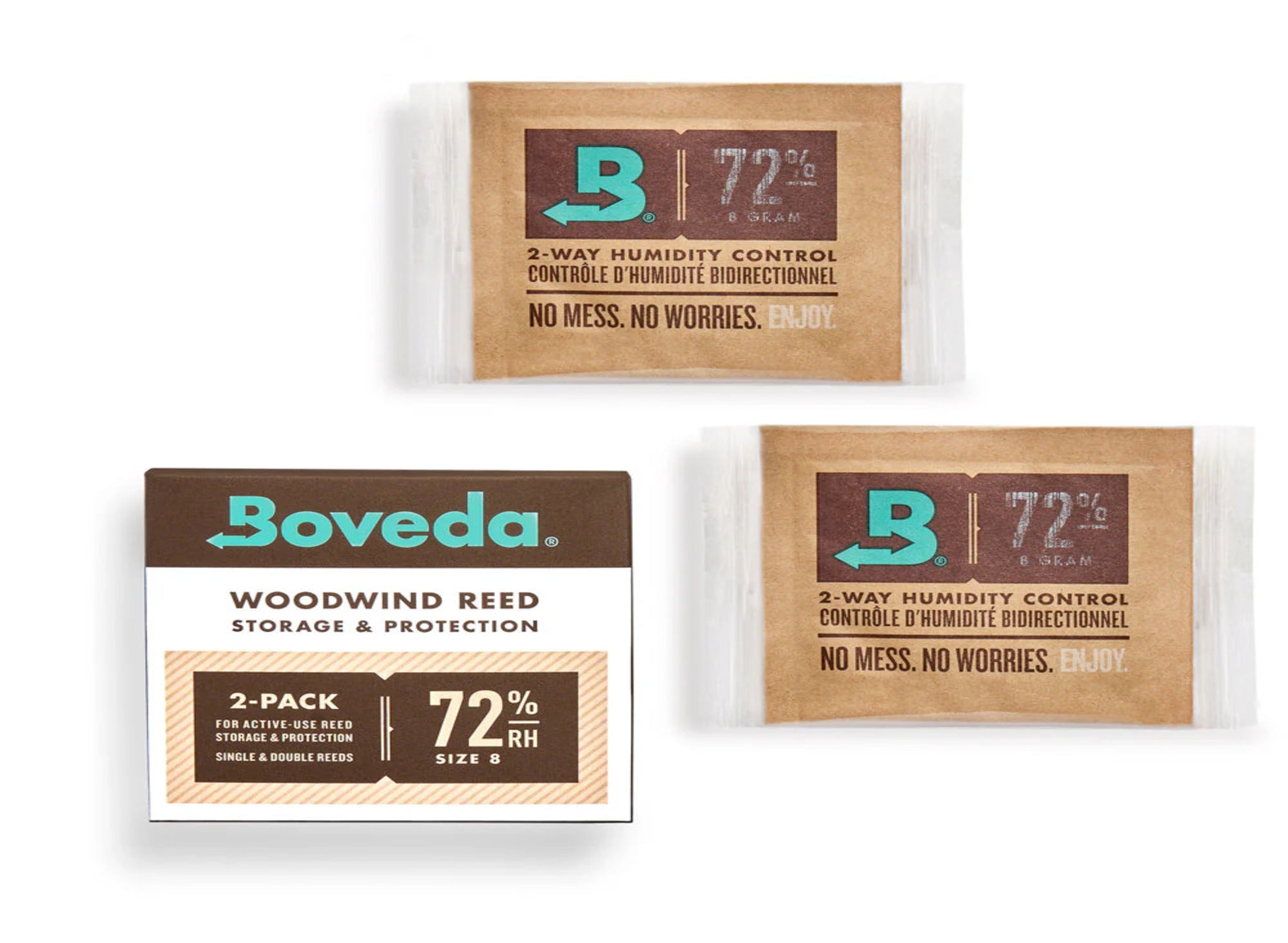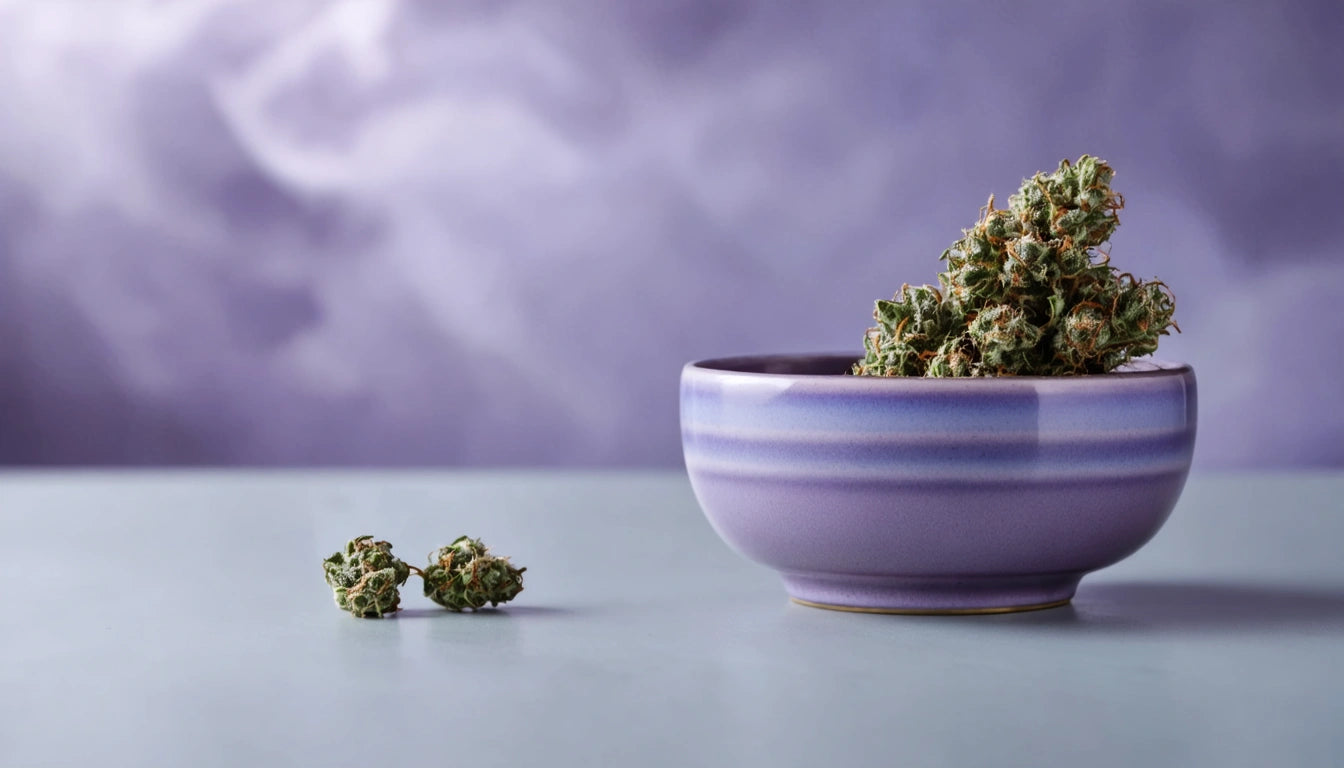Table of Contents
- What is PLA? Understanding This Innovative Bioplastic
- What is PLA Made From? Raw Material Sources
- How is PLA Made? The Production Process
- What Type of Plastic is PLA? Classification and Properties
- Applications of PLA Across Industries
- PLA and Sustainability: Benefits and Limitations
- Future Innovations in PLA Technology
Understanding PLA: Composition and Production of This Innovative Bioplastic
As sustainability concerns grow across industries, Polylactic Acid (PLA) has emerged as a promising alternative to traditional petroleum-based plastics. This bioplastic offers unique properties that make it suitable for various applications while potentially reducing environmental impact. Understanding what PLA is made from and how PLA is made provides valuable insights into its capabilities and limitations.
What is PLA? Understanding This Innovative Bioplastic
PLA is a biodegradable, thermoplastic polyester derived from renewable resources. Unlike conventional plastics that rely on fossil fuels, PLA belongs to a newer generation of bioplastics that can be produced from plant-based feedstocks. This distinction places PLA in a different category from materials discussed in guides about polyethylene and virgin plastics, which typically originate from petroleum sources.
The growing interest in PLA stems from its combination of useful physical properties and reduced environmental footprint compared to traditional plastics. As industries seek alternatives to materials with concerning health impacts, such as those containing BPA, PLA offers a promising substitute in many applications.
What is PLA Made From? Raw Material Sources
PLA is primarily made from plant-based starches rich in carbohydrates. The most common sources include:
- Corn starch (most common in the United States)
- Cassava roots
- Sugarcane
- Sugar beet
- Wheat
These renewable resources contain glucose that can be fermented and processed to create lactic acid, the building block of PLA. This fundamental difference in raw materials distinguishes PLA from traditional plastics described in articles about the journey from crude oil to plastic.
The ability to use agricultural products rather than petroleum resources makes PLA an attractive option for companies looking to reduce their carbon footprint and dependency on fossil fuels. However, this also raises questions about land use and food supply competition that must be considered in a comprehensive sustainability assessment.
How is PLA Made? The Production Process
The production of PLA involves several key steps:
1. Extraction of Starch
The process begins with extracting starch from the chosen plant source. This typically involves mechanical separation and purification steps to isolate the starch from other plant components.
2. Conversion to Glucose
The extracted starch undergoes hydrolysis, typically using enzymes, to break down complex carbohydrates into simple glucose molecules.
3. Bacterial Fermentation
Specialized bacteria ferment the glucose, converting it into lactic acid. This fermentation process is similar to that used in making yogurt and other fermented foods.
4. Chemical Processing
The lactic acid molecules are then processed through either direct condensation polymerization or, more commonly, ring-opening polymerization of lactide (a cyclic dimer of lactic acid). This creates the long polymer chains that form PLA plastic.
This production method differs significantly from those used for conventional plastics, as detailed in resources about bioplastics composition and production. The bacterial fermentation step, in particular, represents a biological approach rather than the purely chemical processes used in traditional plastic manufacturing.
What Type of Plastic is PLA? Classification and Properties
PLA is classified as a polyester and falls under the broader category of bioplastics. It does not fit neatly into the traditional recycling numbers (1-7) used for petroleum-based plastics, though it is sometimes labeled as #7 ("other").
Key properties of PLA include:
- Biodegradability under industrial composting conditions
- Biocompatibility with human tissue
- Relatively high tensile strength compared to other bioplastics
- Lower melting point (around 175 °C) than many conventional plastics
- Natural transparency similar to clear petroleum-based plastics
- Low toxicity and minimal harmful emissions during production
These properties make PLA suitable for various applications, though they also present limitations. For example, while PLA is technically biodegradable, it requires specific industrial composting conditions to break down efficiently, as explored in guides about plastic recycling.
Applications of PLA Across Industries
The versatility of PLA has led to its adoption across multiple sectors:
Packaging Industry
PLA has gained significant traction in food packaging and disposable containers. Its clarity, food safety, and potential biodegradability make it attractive for single-use applications. In the cannabis industry, PLA is increasingly used for compliant packaging solutions that meet safety requirements while offering improved environmental credentials.
Medical Field
The biocompatibility of PLA makes it valuable for medical applications such as sutures, implants, and drug delivery systems. It can safely break down within the body over time, eliminating the need for removal procedures.
3D Printing
PLA has become the standard filament material for consumer 3D printers due to its ease of use, low warping, and minimal toxic fumes during printing.
Textile Industry
Some manufacturers are developing PLA-based fibers as alternatives to polyester, creating fabrics with potentially lower environmental impacts.
PLA and Sustainability: Benefits and Limitations
While PLA offers several environmental advantages over conventional plastics, its sustainability profile is complex:
Benefits:
- Produced from renewable resources rather than finite fossil fuels
- Generally requires less energy to manufacture than petroleum-based plastics
- Can reduce greenhouse gas emissions across its lifecycle
- Biodegradable under specific conditions
- Contains no BPA or other concerning additives found in some traditional plastics
Limitations:
- Requires industrial composting facilities to properly biodegrade
- May contaminate conventional plastic recycling streams
- Agricultural production of raw materials raises questions about land use
- Limited heat resistance restricts certain applications
For those interested in sustainable alternatives, exploring DIY methods for biodegradable plastics provides additional context on the challenges and opportunities in this space.
Future Innovations in PLA Technology
The field of PLA research continues to evolve, with several promising developments on the horizon:
- Enhanced biodegradability in natural environments
- Improved heat resistance for broader applications
- Non-food crop sources to reduce competition with food production
- Blends with other materials to create composites with superior properties
- More efficient production methods to reduce costs
As regulations around single-use plastics tighten globally, PLA and other bioplastics are likely to play an increasingly important role in packaging and product design. Understanding what PLA is made from, how it's produced, and what type of plastic it represents provides valuable context for businesses and consumers making material choices in an environmentally conscious marketplace.











Leave a comment
All comments are moderated before being published.
This site is protected by hCaptcha and the hCaptcha Privacy Policy and Terms of Service apply.